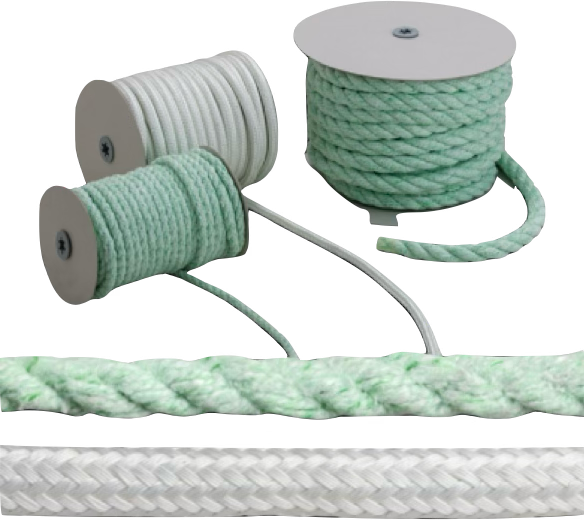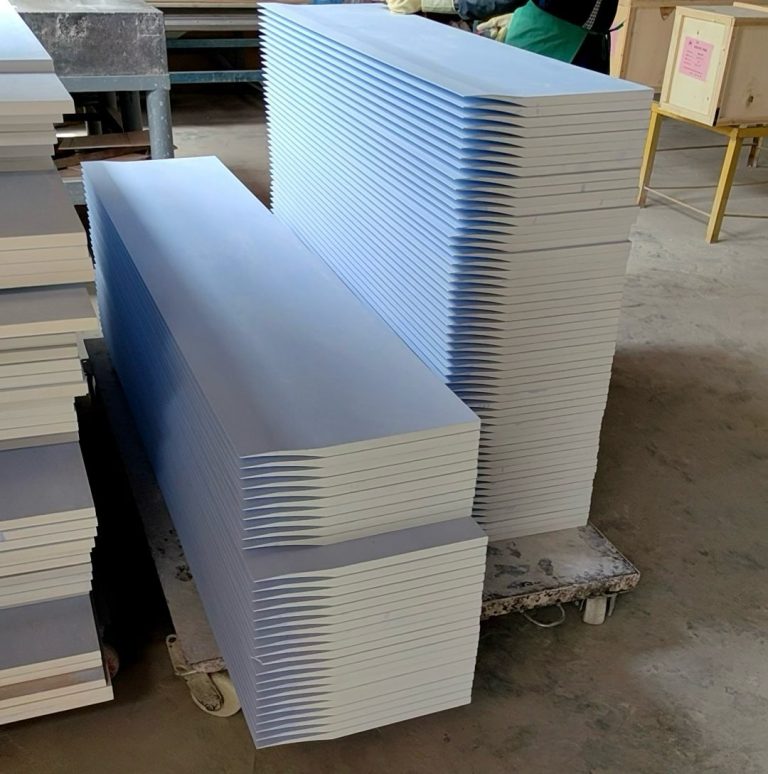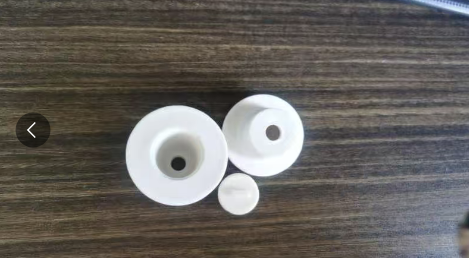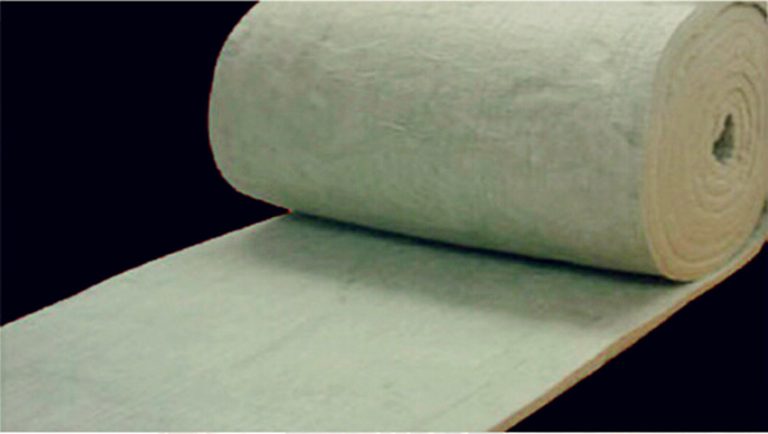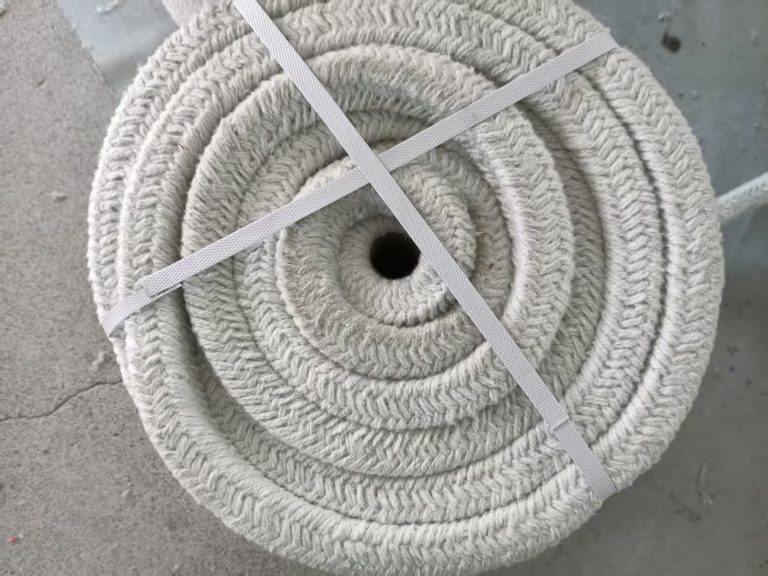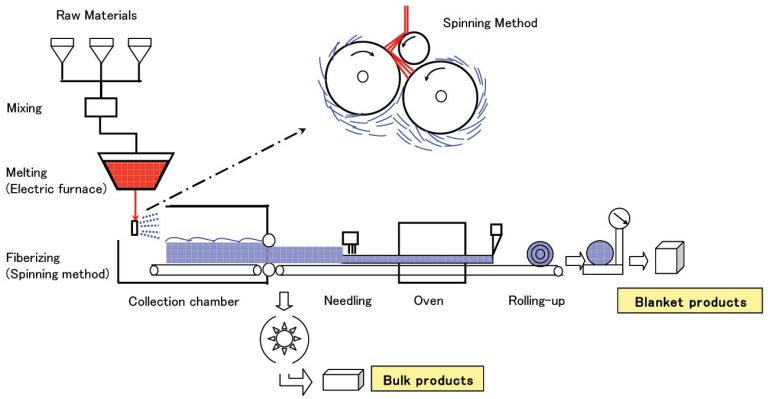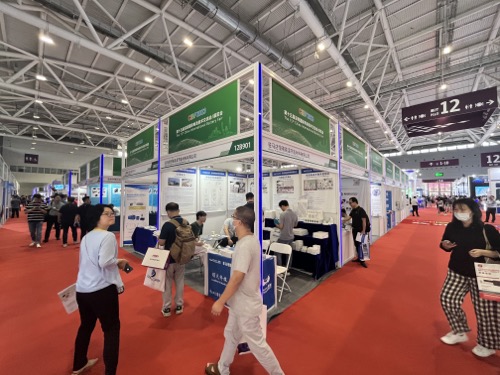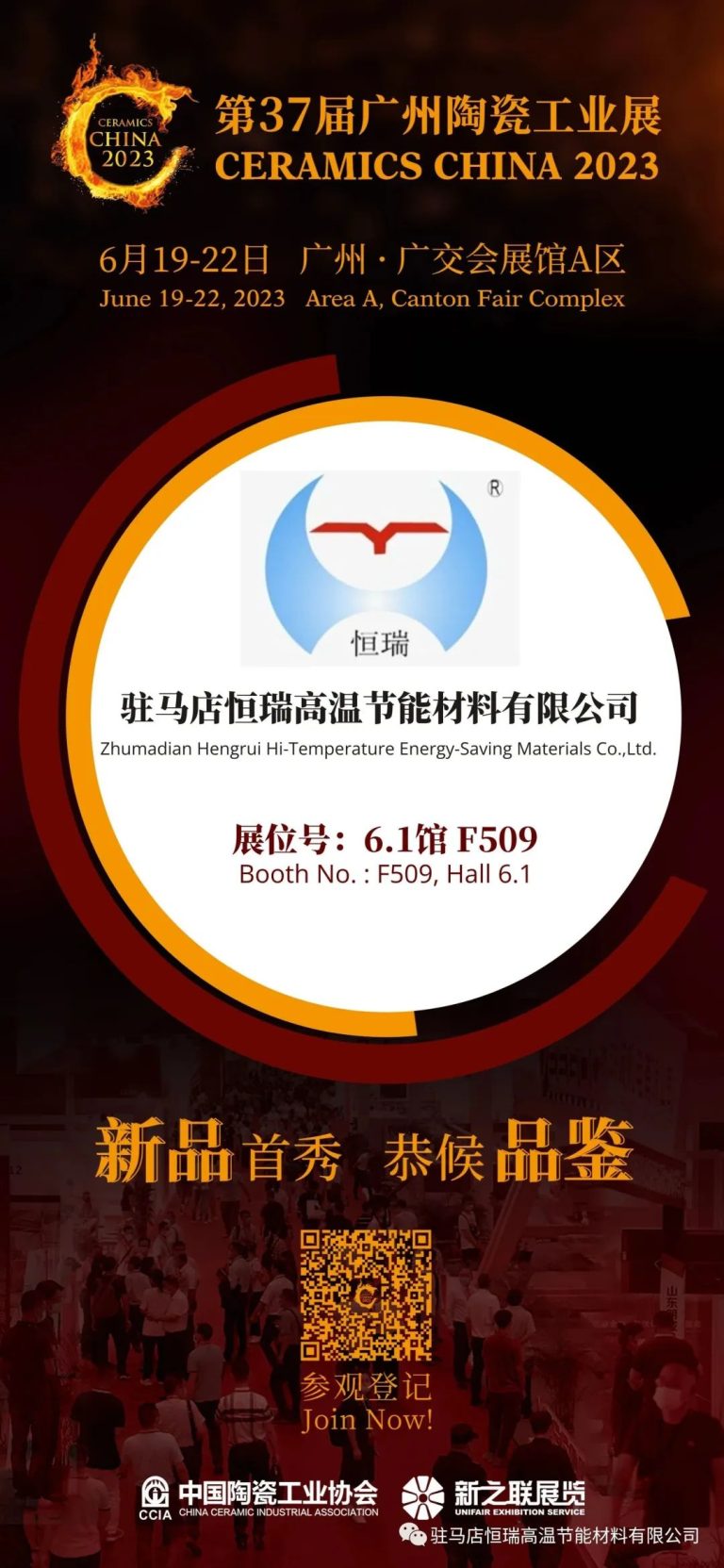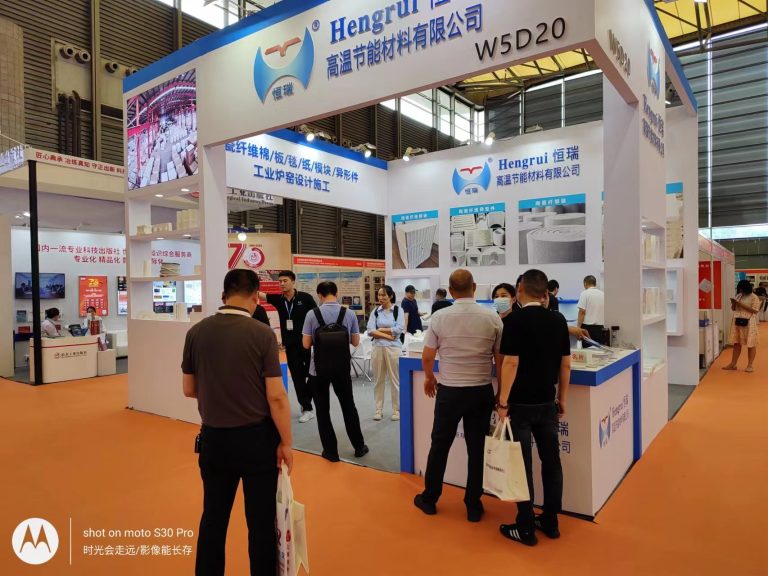
In high-temperature industrial applications, such as graphite carbon baking furnaces, the selection of insulation materials directly impacts operational efficiency, energy consumption, and maintenance costs. Ceramic fiber modules, particularly the 1430 zirconia-containing type, have emerged as a superior lining solution for furnace roofs. Their exceptional thermal performance and adaptability make them ideal. This article explores the key advantages and installation features of these modules, emphasizing their suitability for modern graphite carbon baking furnaces.
1. Flexible Installation: Parallel and Parquet Types
Ceramic fiber modules offer versatile installation methods, including parallel and parquet types, to accommodate diverse furnace roof designs. The parallel arrangement involves aligning modules in straight rows, ideal for uniform heat distribution and straightforward maintenance. In contrast, the parquet type (interlocking pattern) enhances structural integrity by minimizing thermal bridging and compensating for complex geometries. Both methods ensure seamless integration with existing furnace structures while simplifying the installation process.
2. Superior Elasticity for Gap-Free Performance
The inherent elasticity of ceramic fiber modules allows them to compensate for furnace shell deformation caused by thermal cycling. During heating and cooling phases, the modules expand and contract dynamically. This maintains tight contact with the furnace roof and eliminates gaps between adjacent units. This self-adjusting property ensures consistent insulation performance, prevents heat leakage, and extends the service life of the lining.
3. Low Thermal Conductivity for Energy Efficiency
With a thermal conductivity of ≤0.12 W/m·K at 600°C, 1430 zirconia-containing ceramic fiber modules significantly reduce heat transfer through the furnace roof. This low thermal conductivity minimizes energy loss, improves temperature uniformity, and lowers fuel consumption. Compared to traditional refractory bricks or castables, ceramic fiber modules achieve up to 30% energy savings. This makes them an eco-friendly and cost-effective choice.
4. Exceptional Resistance to Thermal Shock
Graphite carbon baking furnaces undergo rapid temperature fluctuations during operation. Ceramic fiber modules excel in such environments due to their high thermal shock resistance. Unlike brittle refractory materials that crack under sudden thermal stress, flexible ceramic fibers absorb mechanical and thermal strains without degradation. This resilience ensures long-term stability, even in cyclic heating processes with temperature swings exceeding 1000°C.
5. Immediate Usability Post-Installation
A standout advantage of ceramic fiber modules is their "ready-to-use" functionality. Traditional refractory linings require lengthy drying and curing periods, which delay furnace commissioning. In contrast, ceramic fiber modules need no drying or maintenance after installation. The furnace can be heated to operational temperatures immediately, reducing downtime and accelerating production schedules.
6. Cold-Side Anchoring System for Enhanced Durability
The anchoring system of ceramic fiber modules is strategically positioned away from the hot face. This ensures that metal anchors remain at lower temperatures (typically below 400°C). This design prevents anchor oxidation and thermal fatigue, which are common failure points in high-temperature environments. By keeping the anchors in a cooler zone, the system maintains mechanical strength over time. It supports the module structure without compromising insulation integrity.
7. Customizable Anchor Systems for Diverse Requirements
To accommodate varying furnace roof designs and load conditions, ceramic fiber modules can be installed using multiple anchor systems. These include stud-weld, V-anchor, and quick-install bolt configurations. These systems are tailored to specific thermal and mechanical demands. They enable secure fastening while allowing for thermal expansion. Engineers can select the optimal anchoring method based on furnace size, operating temperature, and accessibility requirements.
Why Choose 1430 Zirconia-Containing Modules?
The addition of 15–17% zirconia enhances the performance of 1430-grade ceramic fibers. Zirconia increases the material’s maximum service temperature to 1430°C. It also improves resistance to chemical corrosion (particularly in alkaline environments) and boosts fiber stability during prolonged high-temperature exposure. These properties make the modules ideal for graphite carbon baking furnaces, where temperatures often exceed 1000°C. Furthermore, volatile organic compounds are released during the baking process.
Conclusion
1430 zirconia-containing ceramic fiber modules redefine insulation standards for graphite carbon baking furnace roofs. Their combination of flexible installation methods, gap-free elasticity, low thermal conductivity, and rapid deployment capabilities addresses critical challenges in high-temperature industrial operations. By integrating advanced anchoring systems and leveraging zirconia-enhanced fibers, these modules deliver unmatched durability, energy efficiency, and operational convenience. For industries seeking to optimize furnace performance while reducing lifecycle costs, ceramic fiber modules represent a forward-thinking solution. They align with modern thermal management demands.

